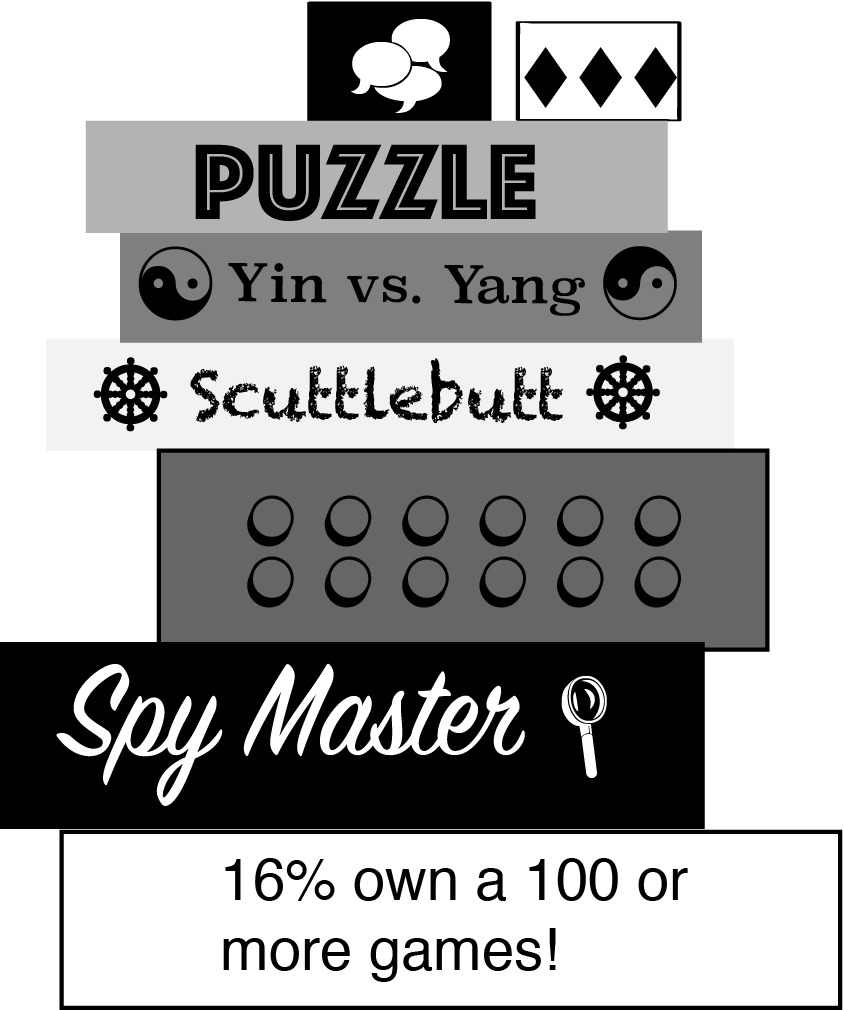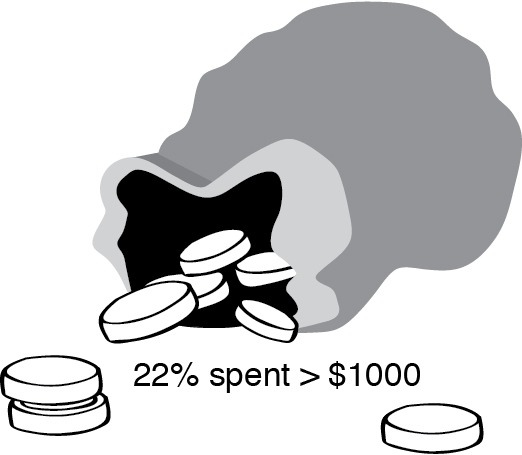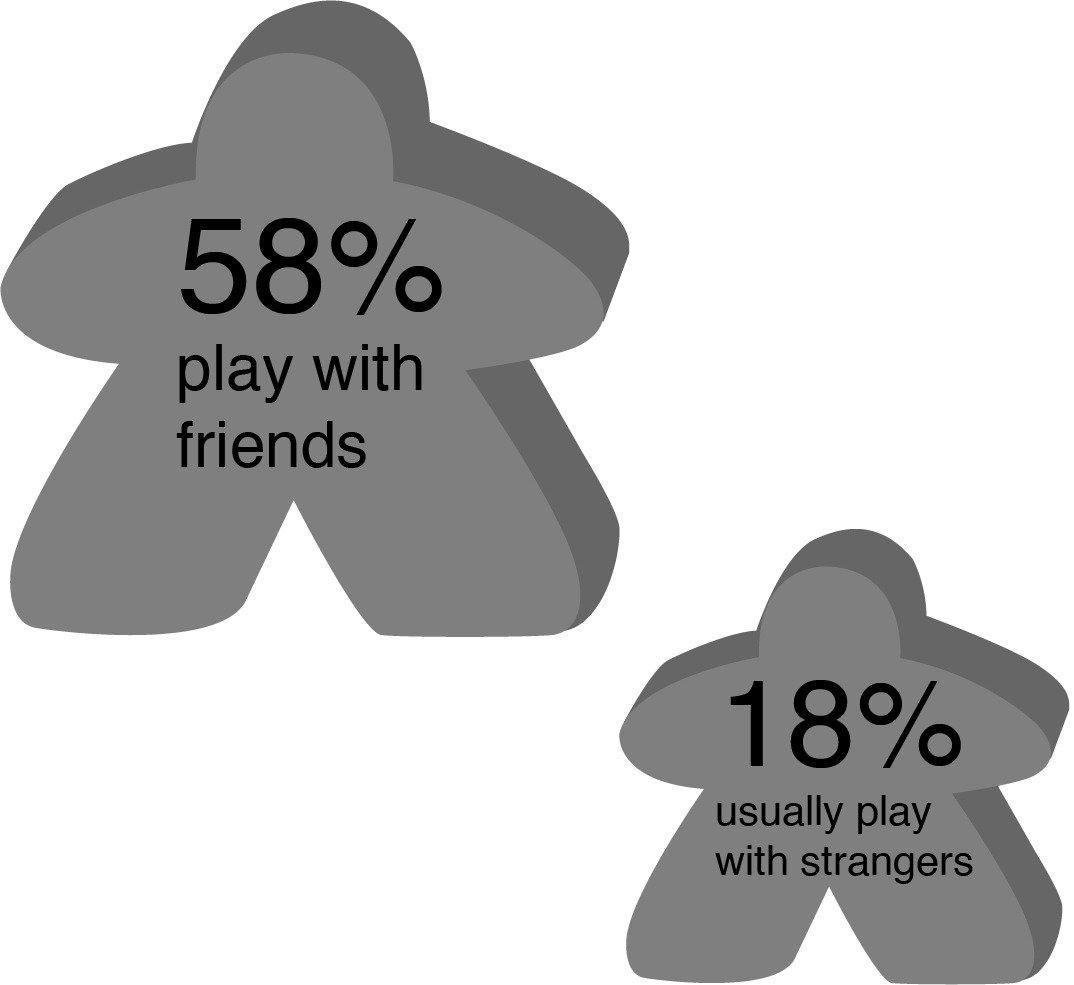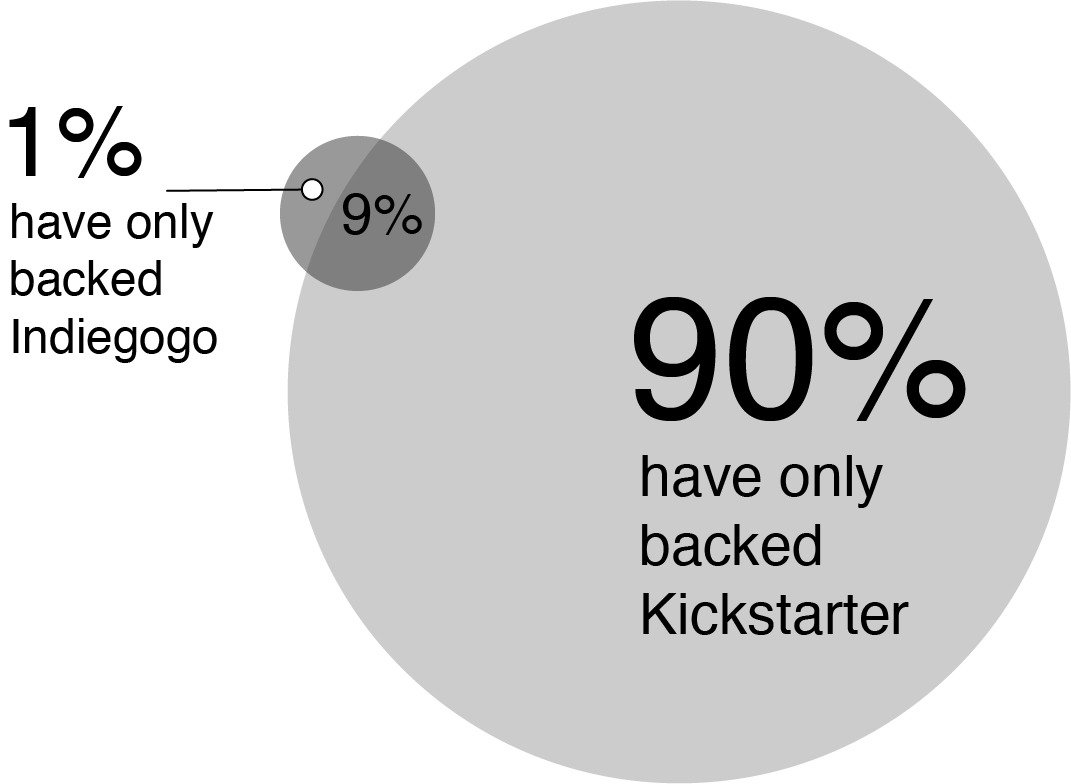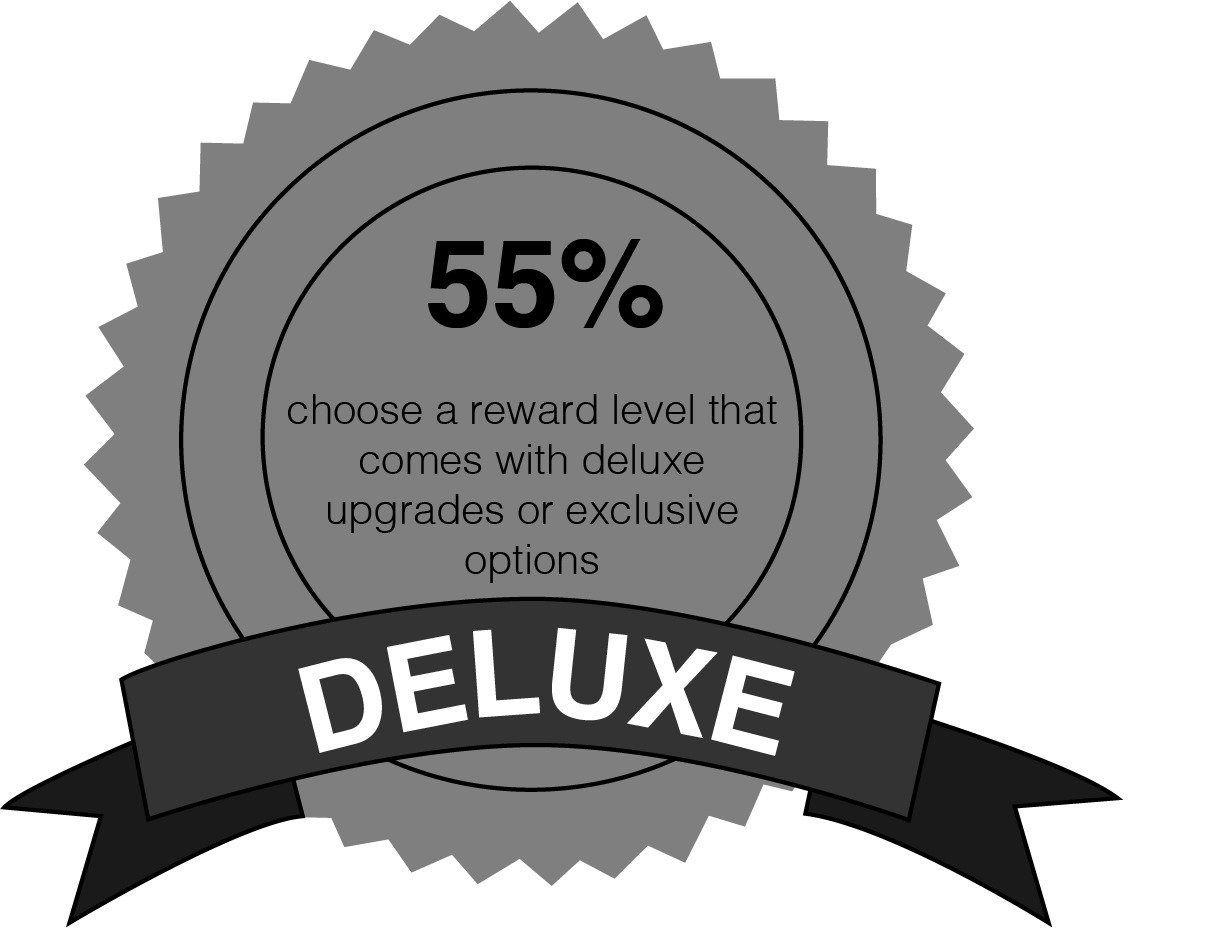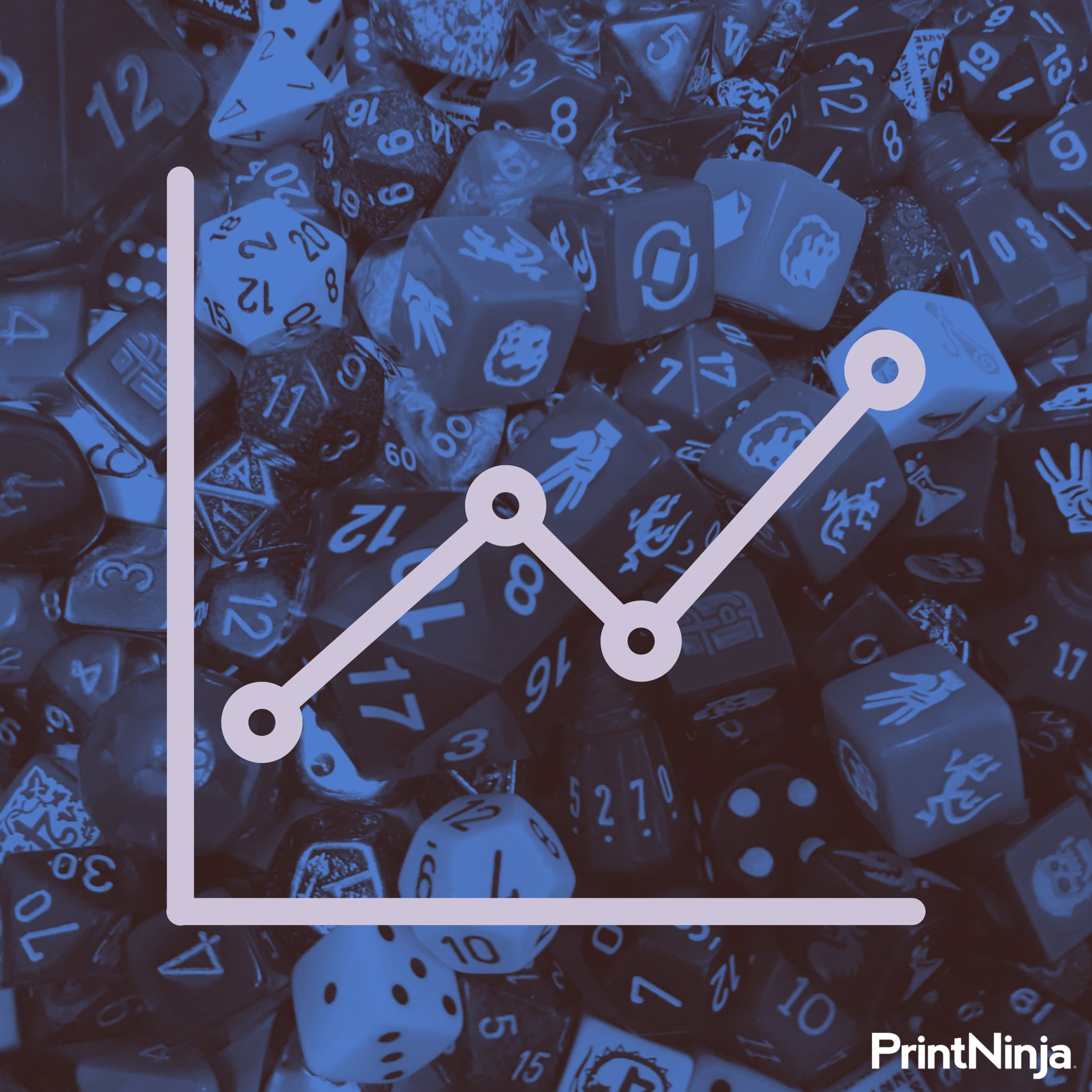
Board Game Industry Statistics
Board Game Industry Statistics
The board game industry has seen a major shift in recent years. Independent developers have shaken up the market, gaining traction for their games through crowdfunding and social media platforms. Now more than ever, the options for both game enthusiasts and designers alike are virtually limitless. In fact, some of the most popular games available today are indie tabletop games – something that certainly couldn’t have been said just a decade ago.
More and more creative individuals have gotten on board with independent game designing and self-publishing, so it had us wondering: What’s next for board games? How likely is it for independent designers to win support when they develop a new game? We surveyed more than 500 game enthusiasts to find out.
Our findings confirm that while there are more games to choose from than ever before, consumers still want even more. They are wholeheartedly embracing the rising influx of indie games, and in fact, can’t get enough. The outlook for indie game makers is good – perhaps even better than ever before.
Of course, there’s a caveat. There are a few factors that gamers look for when they decide whether or not they’ll purchase a game or back a crowdfunding campaign. While these factors vary with personal preference, it’s clear some are so important among the majority of gamers that they have the potential to make or break sales.
Whether you’re an avid collector of board games who has always dreamed of developing your own game or you’ve already created a game and are seeking ways to expand your outreach, we invite you to take a look at some of the key trends taking shape in the board game industry.
How Many Card & Board Games Does the Average Gamer Own?
While the basic tools of today’s board games–cards, playing pieces, and the game board–may loosely resemble elements of classic games, many modern games are a far cry from Monopoly. Today’s gamers have changed, too. While the average household may have had a modest collection of games in decades past, you’re more likely to find dozens in the homes of today’s gamers. The majority of survey respondents, 57%, own between 1 and 25 board and card games, while 22% have between 26 and 50. Next up, 5.9% own between 76 and 100 games, while 4.2% of people own between 51 and 75 games. And, an impressive 10.9% own more than 100!
How Many Games Do They Purchase Each Year?
If you’re concerned about gamers filling up shelf space with all of those games, don’t be. Despite already having many games in their possession, collectors aren’t showing any signs of stopping. In the past year, the majority of gamers (41%) purchased five to ten new games or expansions. Just under a quarter (24%) purchased 11 or more, with 27% of that group having purchased more than 30! Approximately 35% of respondents purchased four or fewer.
What Are Gamers Willing to Spend Annually?
So, what do these figures translate to in terms of dollars spent on new games? Let’s take a look. In 2017, here’s what our respondents spent on new games:
- 6% spent less than $100
- 15% spent $100-$199
- 19% spent $200-$399
- 16% spent $400-599
- 21% spent $600-$1,000
- 22% spent more than $1,000
- 1% was unsure
As you can see, the majority of consumers are willing to put out the money for games they think they’ll enjoy.
Where Are Board or Card Games Purchased?
Now, there are more places to buy games than ever before. Online shopping shows no signs of slowing down, and while our survey participants do indeed make purchases online, you might be surprised to learn it’s not the most common place where they go for card or board games.
Our survey asked respondents to list all of the places where they typically purchase games. While 323 out of 545 respondents said they purchase games through Amazon, the majority – 482 people – said they shop at their local game store. In addition, 41% purchase games through Kickstarter.
Other popular responses included big box stores (more often in person than online) and conventions. A few respondents also purchase games from Indiegogo or acquire games through trades on BoardGameGeek.
How Do Consumers Hear About New Games?
Now that we know where games are being purchased, the question remains: How do consumers hear about new games? While popular answers included browsing through local game stores and social media (the second and third most popular responses, respectively), the top source for finding out about new games might not be what you think.
Surprisingly, 71% of respondents say they hear about new games through word-of-mouth. Other common responses included browsing BoardGameGeek, Kickstarter, and Amazon, along with attending conventions. One of the less popular answers? Online advertisements. Just 17% of gamers say they heard about new games through this channel.
“71% of respondents say they hear about new games through word-of-mouth.”
Playing Habits
One of the most exciting parts of being involved in the board game industry and designing games is that real people are playing your game. To help designers get a more concrete picture of what that looks like, we polled gamers on their normal habits. The majority of them (40%) play at home most often. Local game stores were a close runner-up, with a third of respondents playing here. The third-most common answer was someone else’s house, with 4% playing elsewhere (cafés/bars and conventions, for example).
In terms of frequency, most respondents (43%) are able to fit gameplay into their schedules at least a few times per week. That left 25% who play once per week, while 17% play two to three times per month. Roughly 6% of enthusiasts are dedicated enough to play daily, while another 6% can only squeeze in one session per month. Sadly, 3% play less frequently than that. Perhaps they just have yet to find that one game that really speaks to them…
We’ve established the popular locations and the frequency of gaming, but who’s actually playing? For our survey participants, it’s all about getting together with friends. More than half (58%) always play with friends or acquaintances, while 37% say they’re usually in the company of friends. Just 5% said they sometimes, rarely, or never play among their comrades.
For many board and card game devotees, it’s also a family affair. A fifth of players are always joined by family members, while 28% usually get relatives involved. For just under a quarter (24%), family is sometimes present, while 28% say they rarely or never play among family.
This left us with another question: Do gamers have to know their opponents? For 41%, games are sometimes played among strangers, with 18% saying games usually involve at least one stranger. Just 10% said they never play among people they don’t know. Whether they’re at a convention or a pub, it’s clear that gamers are a welcoming crowd. So, next time someone needs an additional player, don’t hesitate to join in!
Crowdfunding
Since its launch in 2009, Kickstarter has seen pledges totaling more than $778 million for game projects (source: kickstarter.com). Crowdfunding platforms give gaming enthusiasts a chance to get involved in the early stages of development, and in exchange for their financial support, they receive rewards like exclusive expansion packs. So, how likely is the average gamer to back a campaign, and why? That’s what we sought to uncover.
While 43% of respondents never backed a board or card game on Kickstarter or Indiegogo, 57% have. Of those, 90% backed a campaign on Kickstarter, while 9% have supported campaigns on both platforms, and 1% exclusively backed an Indiegogo campaign.
When it comes to factors driving support, there are a few qualities gamers look for most. While 55% say a well-made video is somewhat important, an overwhelming majority (82%) said a clear explanation of gameplay is critical to winning their support. Nearly three quarters (72%) also said a well-written campaign is very important for informing their decision to back a campaign.
Some factors that are surprisingly less critical to winning support include the campaign’s stretch goals and whether or not the creator has successfully funded projects before, with just 34% and 27% of participants saying these factors are important, respectively. Kickstarter and Indiegogo exclusives are considered very important to just 28% of gamers, but 38% agree that they are factored into their decision to back a campaign to at least some degree.
For 55% of gamers, reward-level pricing is a major influencer. Frequent campaign updates and responsiveness to questions are also a priority to 67% of gamers interested in offering support through crowdfunding.
Now, onto rewards: once a gamer decides to back a campaign, when do they expect to receive their rewards? Surprisingly, the answers were distributed quite evenly:
As you can see, the sweet spot for most gamers is four to six months, but it’s clear that they’re a pretty patient group. Much to our relief, not a single respondent said they expect to receive rewards in less than a month. Phew!
In fact, one respondent said, “I’m happy to wait a long time if communication is frequent and expectations are set. Even a short fulfillment period with little or no communication can sour me on a campaign.” Many also pointed out that while they anticipate games taking longer than their original projected timeline, updates are expected.
When it comes to reward tier selection, 55% of gamers are likely to choose a level where they receive the game, but with deluxe upgrades or exclusive options. The second-most popular option is the lowest level where campaign backers receive a professionally manufactured copy of the game. For 7%, a level that allows campaign supporters to print and play the game is the best option, and only 1% will purchase the cheapest reward level just to get campaign updates. An additional 7% indicated they’d choose a level other than the choices listed.
Finally, respondents were invited to share some additional thoughts on backing crowdfunded games. A few mentioned that shipping costs play an important role in determining their decision to back a campaign, agreeing that high costs can be a deterrent. While it was mentioned that exclusives and expansions are excellent incentives, others say that having too many reward options to choose from can be overwhelming. Most notably, many responses highlighted the enjoyment supporters get from the opportunity to be involved in a game’s success, but this is countered with the fact that supporters expect game developers to interact with the community.
“Communication is king,” wrote one gamer. “Everyone knows it can be a tricky process, but developers must keep everyone informed.” Another hailed the importance of honesty and regular check-ins: “Being straightforward with delays will prevent issues with backers becoming upset and crying foul. Regularly posted updates of progress, even if small, keep backers happy and aware of the development process.”
“Communication is king”
In spite of this desire for more communication from developers, gamers still give credit to crowdfunding’s unique ability to launch projects to incredible levels of success. One gamer called it “the best way to support great ideas.” Another recognizes the value of crowdfunding for both gamers and players alike: “I think it’s absolutely necessary for great games to see the light of day and kitchen tables around the world,” they wrote.
A Bright Future for Board and Card Games
For today’s independent creators, the prospects of experiencing success in the board game industry with an independent game are strong. The availability of resources – social media and crowdfunding outlets, a supportive community, and affordable printing services – can aid developers in forming a quality product and marketing it successfully. With that said, gamers still expect developers to put in the time and effort to win their support.
For many gamers, the enjoyment of playing board and card games among friends, family members, and fellow enthusiasts is invaluable. They’re willing to pay for the experience, and oftentimes, they’ll even support a game through crowdfunding if it seems promising. If gameplay is clearly explained, the campaign is compelling and well-written, and reward-level pricing is accessible for them, players are much more inclined to back a campaign. Developer responsiveness also plays a critical role in a campaign’s success.
Additionally, advertising may not be as critical a factor in a game’s success as developers may think. With word-of-mouth being the most popular means of learning about a new game, it’s clear that this community is more inclined to follow a recommendation from a friend than they are to click on an ad. It’s therefore fair to assume that developers with limited resources will fare better by dedicating more time and effort to creating a high-quality game than building a complex marketing strategy. Partnering with local game stores, starting a crowdfunding campaign, and spreading the word on social media are also effective avenues for expanding outreach.
If there’s anything game designers should take away from this whitepaper, it’s the fact that there is an eager audience awaiting new board and card games. Moreover, these devoted individuals don’t just want to follow the recommendations of fellow gamers; they want to be the ones referring their friends to the best new game on the market. They’re actively looking to discover the up-and-coming game and are willing to lend their support to help it come to life, even in its earliest stages. What more could an independent game creator ask for?
How will you pivot your campaign based on board game buyer habits? Let us know in the comments.
